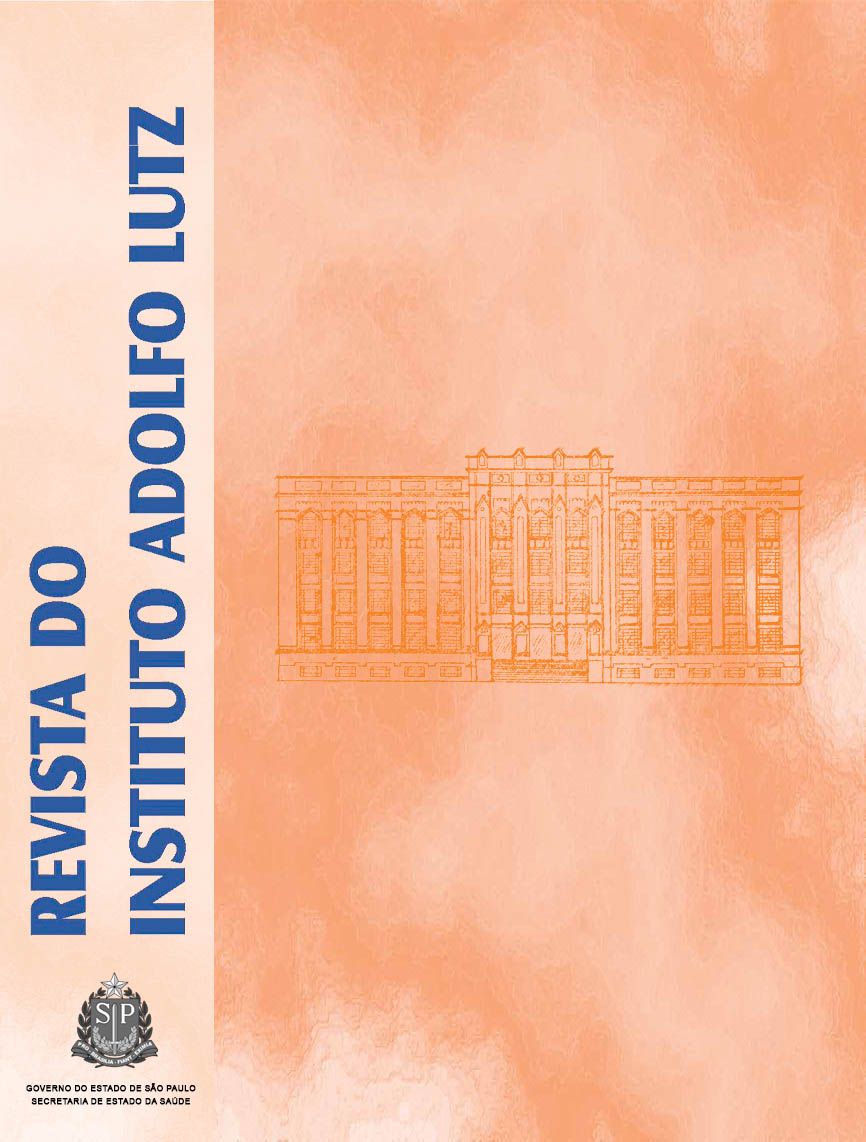Abstract
The progress of industry has led to the increased emission of pollutants into ecosystems, and fish consumption has been a remarkable source of human exposure to toxic metals. Arsenic, cadmium and lead constitute a potentially significant threat to human health because they are associated with several adverse health effects. Therefore, fish biomonitoring has been a crucial tool for assessing the environmental exposure to contaminants. This study aimed at determining arsenic, cadmium and lead contents in fish samples from a Proficiency Testing for Metals conducted by the Nuclear and Energy Research Institute (IPEN), in order to develop a routine analytical methodology using ICP-MS. The methodology was evaluated by using the certified reference oyster tissue material, which indicated good agreement between the certified and the determined concentrations for As, Cd and Pb. The report on the Proficiency Test performance evaluation, based on the z-score index, evidenced satisfactory results in both samples of the analyzed elements.References
1. Olmedo P, Pla A, Hernández AF, Barbier F, Ayouni L, Gil F. Determination of toxic elements (mercury, cadmium, lead, tin and arsenic) in fish and shellfish samples. Risk assessment for the consumers. Environ Int. 2013;59:63-72.
2. Rahman MS, Molla AH, Saha N, Rahman A. Study on heavy metals levels and its risk assessment in some edible fishes from Bangshi River, Savar, Dhaka, Bangladesh. Food Chem. 2012;134:1847-54.
3. Medeiros RJ, Santos LMG dos, Freire AS, Santelli RE, Braga AMCB, Krauss TM, et al. Determination of inorganic trace elements in edible marine fish from Rio de Janeiro State, Brazil. Food Control. 2012; 23:535-41.
4. Santos LFP, Trigueiro INS, Lemos VA, Furtunato DMN, Cardoso RCV. Assessment of cadmium and lead in commercially important seafood from São Francisco do Conde, Bahia, Brazil. Food Control. 2013; 33:193-9.
5. Brasil. Agência Nacional de Vigilância Sanitária (ANVISA). Resolução RDC nº 42, de 29 de agosto de 2013. Dispõe sobre o Regulamento Técnico MERCOSUL sobre Limites Máximos de Contaminantes Inorgânicos em Alimentos. Diário Oficial [da] República Federativa do Brasil. Brasília, DF, 30 ago. 2013. Seção 1, p. 33-35.
6. Meche A, Martins MC, Lofrano BESN, Hardway CJ, Verdade L. Determination of heavy metals by inductively coupled plasma-optical emission spectrometry in fish from the Piracicaba River in Southern Brazil. Microchem J. 2010; 94: 171-4.
7. Weber P, Behr ER, Knorr CL, Vendruscolo DS, Flores EMM, Dressler VL, et al. Metals in the water, sediment, and tissues of two fish species in a subtropical Brazilian river. Microchem J. 2013; 106: 61-6.
8. European Union. Summaries of EU Legislation. [acesso em 2013 Jul 10]. Disponível em: http://europa.eu/legislation_summaries/food_safety/contamination_environmental_factors/l21290_en.htm
9. Copat C, Arena G, Fiore M, Ledda C, Fallico R, Sciacca S, et al. Heavy metals concentrations in fish and shellfish from eastern Mediterranean Sea: Consumption advisories. Food Chem Toxicol. 2013;53:33-7.

This work is licensed under a Creative Commons Attribution 4.0 International License.
Copyright (c) 2013 Instituto Adolfo Lutz Journal
